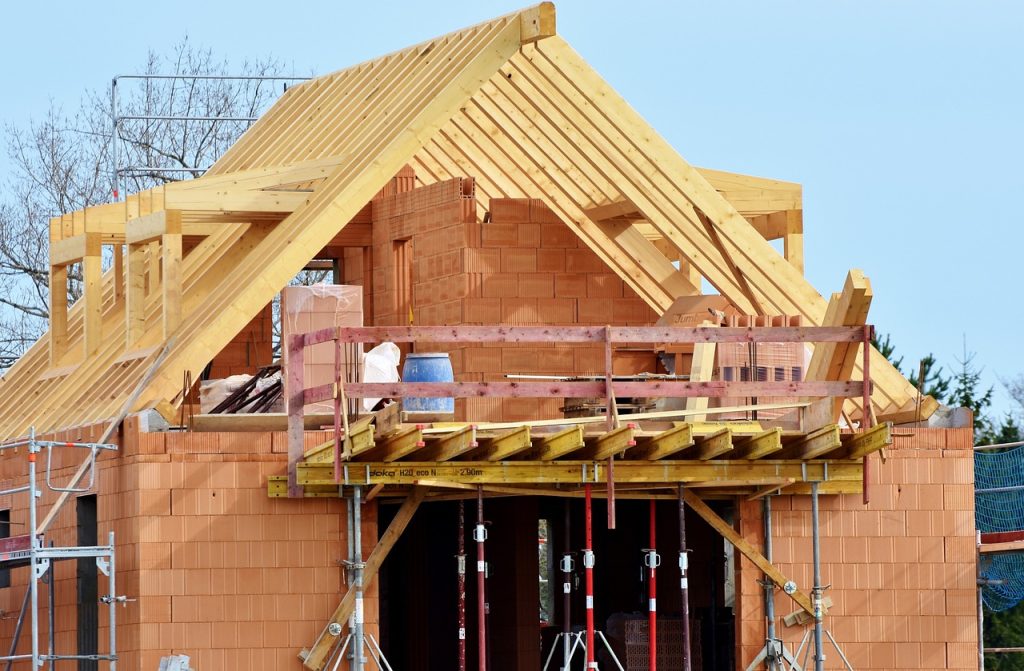The foundation of any successful home construction project is a solid plan. This initial stage involves determining the overall vision for the house, selecting a location, and, perhaps most importantly, setting a realistic budget.
Budgeting will shape the scope and quality of the construction, so it’s crucial to factor in not only the costs of materials and labor but also potential unforeseen expenses. Learn more details about herskapelige hus.
Define your needs and wants: List down what you absolutely need in your home, as well as additional features you desire if the budget allows.
Research costs: Look into the average costs of materials and labor in your area. This information will give you a baseline understanding of how much your project might cost.
Hire professionals: Bringing on an architect and a contractor early in the planning phase can help you refine your ideas and establish a construction plan that aligns with your budget.
Once you’ve settled on a design and budget, the next step is to prepare the site and lay the foundation. This stage is essential as it ensures that the land is suitable for construction and provides a stable base for the house. Site preparation may involve clearing trees, removing rocks, and leveling the ground. Once the site is prepared, the foundation is laid. Get more detail about moderne hus.

Slab-on-grade: A concrete slab foundation is a popular choice for warmer climates. It is relatively quick and affordable to construct but can be challenging to repair if issues arise.
Basement foundation: Common in colder regions, basement foundations offer extra storage or living space and better insulation but require more extensive excavation.
Crawl space foundation: This type of foundation elevates the house slightly above the ground, which can be beneficial in areas prone to flooding.
Framing is one of the most exciting stages of home construction because this is when the house starts taking shape. During the framing stage, the skeleton of the house is built, including walls, floors, and roof systems. The framing provides the house with its structure, strength, and stability. The materials used for framing are often wood, steel, or a combination of both, depending on the design and budget.
Load-bearing walls support the weight of the roof and upper floors, while partition walls divide rooms and create the layout.
Floor framing typically includes joists, subflooring, and, in some cases, additional support beams for larger spaces.
Roof framing consists of trusses or rafters, providing structure to support the roof covering and insulation.
Once the framing is complete, it’s time to add the roof and exterior finishes. Roofing is critical for protecting the home from weather and environmental factors. The choice of roofing materials often depends on the climate, aesthetic preferences, and budget. Common roofing materials include asphalt shingles, metal, tile, and slate.
After the roof is in place, the exterior finishes are added. This includes siding, insulation, windows, and doors. The exterior not only enhances the home’s appearance but also affects its energy efficiency and durability.
The installation of the plumbing, electrical, and HVAC (heating, ventilation, and air conditioning) systems, commonly referred to as MEP (mechanical, electrical, and plumbing), comes next. These systems form the backbone of a comfortable and functional home, making this a critical phase of construction. Proper installation is essential to avoid costly repairs or replacements down the line.
With the mechanical systems installed, the next step is to insulate the walls, floors, and ceilings. Proper insulation is essential for energy efficiency, as it helps maintain a stable indoor temperature and reduces energy consumption. Common insulation materials include fiberglass, foam, and cellulose.
After insulation is installed, drywall (also known as gypsum board or sheetrock) is used to cover the walls and ceilings. Drywall provides a smooth surface for painting or other wall treatments. It is also fire-resistant, adding a layer of safety to the home.
